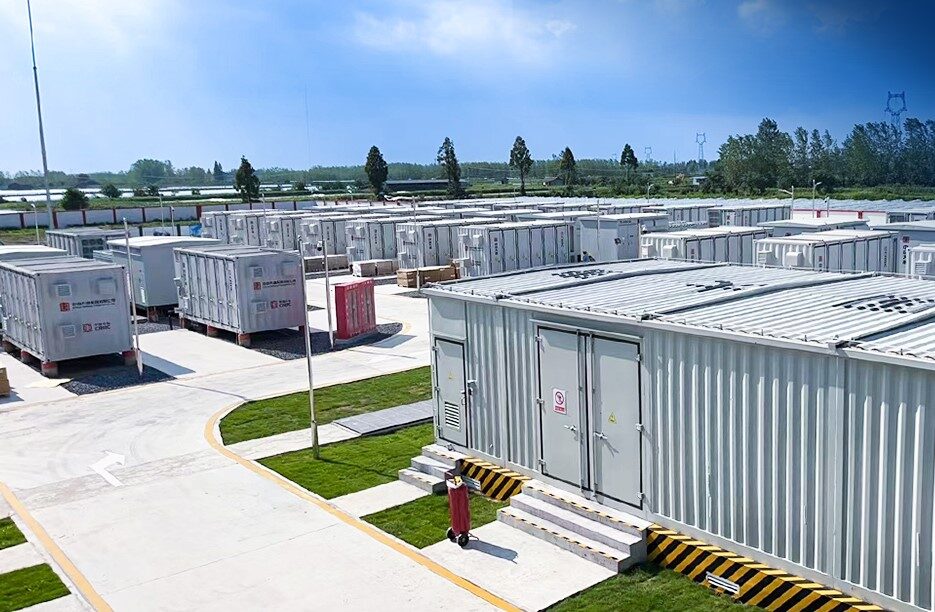The necessity for a gender-sensitive approach to health and safety in the solar and energy storage industry is not just a matter of equality but a crucial step as the number of women in the workforce increases. Safety policies, training and education, prevention of harassment, violence and discrimination, and nurturing health and work-life balance are areas where a one-size-fits-all approach is inadequate, especially considering the gender-specific hazards women face in construction and maintenance environments.
‘Women and men are biologically different, so we need to acknowledge our differences in the workplace regarding Health and Safety policies and practices. Women face critical issues, specifically in construction sites, where we experience, for example, inadequate hygiene conditions. Although every worksite is legally mandated to have a toilet, this is often not the case. We also experience Personal Protective Equipment (PPE) issues that do not meet our specific body needs, as most are designed for men. At Faria Renewables, we recognize the importance of occupational safety and health, and we aim to improve inclusivity and diversity at construction sites and ensure that women's needs are addressed,‘ says Thalia Valcouma, CEO & President at Faria Renewables, an international developer and operator headquartered in Greece.
According to the PPE Survey 2024 from the Women´s Engineering Society (WES), 27% of women vs 60% of men have comfortable or perfect-fitting PPE. As a result, women face tripping hazards, restricted movement and unsafe working conditions because of ill-fitting PPE. Generally, women’s PPE is inconsistent with high street clothing and does not consider different stages of life such as periods, maternity or menopause. As a result, ‘women are put at risk by the equipment meant to prevent harm, and are underrepresented in professions needing PPE and are leaving the workforce as a result.’
‘It is common to blame the lack of female representation in STEM roles on education, but we need to reflect on how we are retaining and supporting the growth of women engineers so they can become role models for new joiners and future generations in the solar and energy storage industry. We have a general lack of industry-specific data that proves hazards, and there are no industry standards so exposure of women to hazards highly depends on company standards. Associations, in general, are not addressing the issues to support different types of organizations on their journey to inclusive HS environments. That WES survey states that Women’s PPE is seen as a women’s issue and not a health and safety concern for employers and policymakers. Still, we can agree that the issue extends to many other aspects in the industry,’ says Carmen Madrid, Founder of the WiSEu Network.
Innovation is playing a key role and bringing a shine of hope to address equity issues, explains Canan Koç Yasar, VP HSSE-S at Uniper Renewables: ‘The future of health and safety expertise is likely to involve increased integration of technology, such as wearable devices for monitoring health metrics and AI-driven analytics for identifying and mitigating risks. Digitization has significantly empowered women in the health and safety business by streamlining processes, enhancing communication, and providing access to critical information. With digital tools and platforms, women can efficiently manage safety protocols, track compliance, and analyze data to identify potential hazards and mitigate risks.
‘Remote monitoring technologies enable them to oversee operations from anywhere, ensuring safety standards are upheld even in decentralized work environments. Additionally, digital training resources offer flexible learning opportunities, enabling women to acquire new skills and certifications to advance their careers in health and safety. Overall, digitization facilitates inclusivity and enables women to play a more active role in promoting workplace health and safety.’
Interested in joining women industry leaders and experts at Women in Solar Europe? Find out more: www.wiseu.network
The views and opinions expressed in this article are the author’s own, and do not necessarily reflect those held by pv magazine.
This content is protected by copyright and may not be reused. If you want to cooperate with us and would like to reuse some of our content, please contact: editors@pv-magazine.com.



By submitting this form you agree to pv magazine using your data for the purposes of publishing your comment.
Your personal data will only be disclosed or otherwise transmitted to third parties for the purposes of spam filtering or if this is necessary for technical maintenance of the website. Any other transfer to third parties will not take place unless this is justified on the basis of applicable data protection regulations or if pv magazine is legally obliged to do so.
You may revoke this consent at any time with effect for the future, in which case your personal data will be deleted immediately. Otherwise, your data will be deleted if pv magazine has processed your request or the purpose of data storage is fulfilled.
Further information on data privacy can be found in our Data Protection Policy.